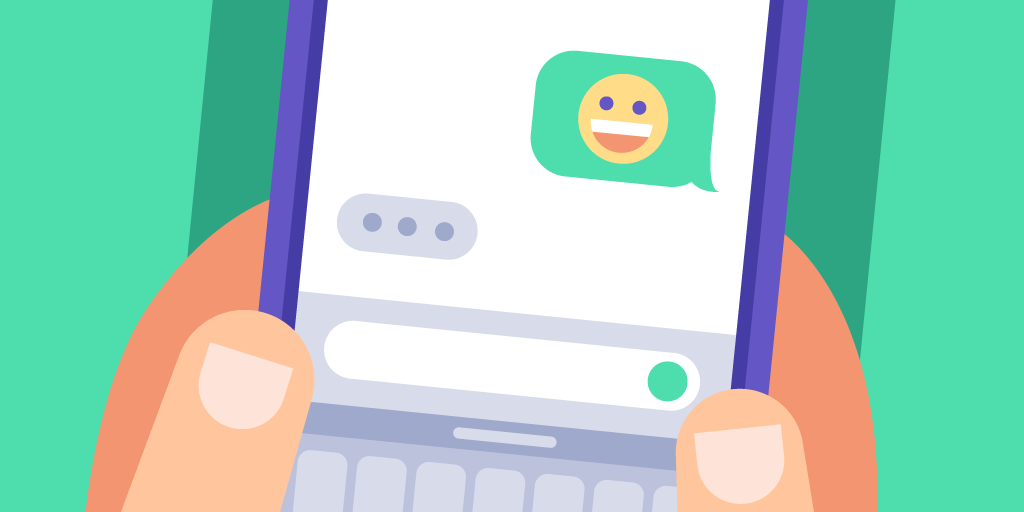For many of us, the term “social distancing” has never been in the equation until the whole pandemic thing started.
But now that we’ve grown accustomed to saying it, chances are, we’re gonna keep saying it for at least a while longer.
Pandemic will end, but its effects will linger. Social distancing rapidly becomes the new factor for customers to determine whether they want to deal with your business.
In this article, we will reveal why customer service incorporating social distancing is the way to go in 2020 and beyond.
Social distancing as a driver of business success
Believe it or not, social distancing measures actually help businesses get new customers.
Sure, like all preventative measures, social distancing can be a bit of a hassle. But as more and more research pointed to the benefits of social distancing, the public perception shifted.
The most important factors of yester-year — such as pricing, convenience, location — have been eclipsed by safety considerations.
To wit, the importance of price has gone down from 78% to around 50%.
Instead, customers pay more and more attention to social distancing when deciding whether to patronage a business or restaurant.
According to The State of Local Business survey from Podium, 57% of customers said a business’s social distancing services led them to buy a product for the first time.
Conversely, 53% of shoppers said they avoid businesses that don’t offer social distancing options.
So there’s not just positive reinforcement at play here (social distancing = good service), but also negative reinforcement (no social distancing = no customers).
Could you believe that this would be the case just six months ago?
Before the pandemic, only 13% of customers felt that social distancing options were a deciding factor. Now, compare that to 49% of respondents after the crisis.
New contactless delivery options are here to stay
The pandemic period has quickly become a Wild West-like playground for all kinds of service experiments. Especially when it comes to contactless methods of product delivery.
Customers have responded in kind. Even after the lockdown is lifted:
78% want businesses to offer contactless payment options
79% want businesses to continue delivering food and groceries
80% want businesses to continue offering curbside pickup delivery
The latter delivery option plays an increasingly larger role, and the business’s efficiency at it may determine how customers start to view it.
Offering curbside pickup delivery, especially in a situation where your competition doesn’t, may bring customers who are conscious of their health choices.
This is a double-edged sword, of course. Curbside pickup giveth, and curbside pickup taketh away.
Consider this: 66% of respondents said that an unpleasant experience using a curbside pickup option made them less likely to purchase again from that business or restaurant in the future.
To paraphrase, if you decide to do it, you better do it right.
Among the main reasons for a negative delivery experience, three stand out:
Poor planning and organization — 49%
Slow, inefficient delivery — 42%
Lack of communication — 38%
If you want some advice as to how to better execute your pickup delivery strategy, we’ve written a helpful guide about it.
Texting and virtual means of communication
R U GR8 @ TXT MSGS?
Text messaging was once believed to be no more than a fad among teenagers, but now it has established itself as one of the core methods of communication with businesses.
Texting is now the preferred way to communicate (41%) over calling (23%), emailing (18%) and website chat (15%).
These are the post-COVID numbers. Prior to the pandemic, the situation was much different, although the trend was clear in any case.
Within the past week alone, 45% of Americans have received or exchanged text messages with a local business. Your competition is working at it, so there’s no reason to remain at the sidelines yourself.
If you want to keep up with the times, you’d better learn how to improve customer communication via text messaging.
Some service providers are looking for a more techy solution to social distancing. University of Illinois, among other educational facilities, plans to offer virtual classes.
For more service solutions like that, see our overview of customer experience trends for 2020. The article was written pre-COVID, but the trends have proven themselves worthy even despite the crisis.
Now that customers have become accustomed to the new normal, there might be no going back.
Shoppers want and expect social distancing services: not only newer, stricter health protocols, but also safer delivery options. Curbside pickup, local delivery, contactless payments — these are all important new elements of a safer shopping experience.
If you still haven’t decided on how to upgrade your service, contact us for a few service experience insights.






